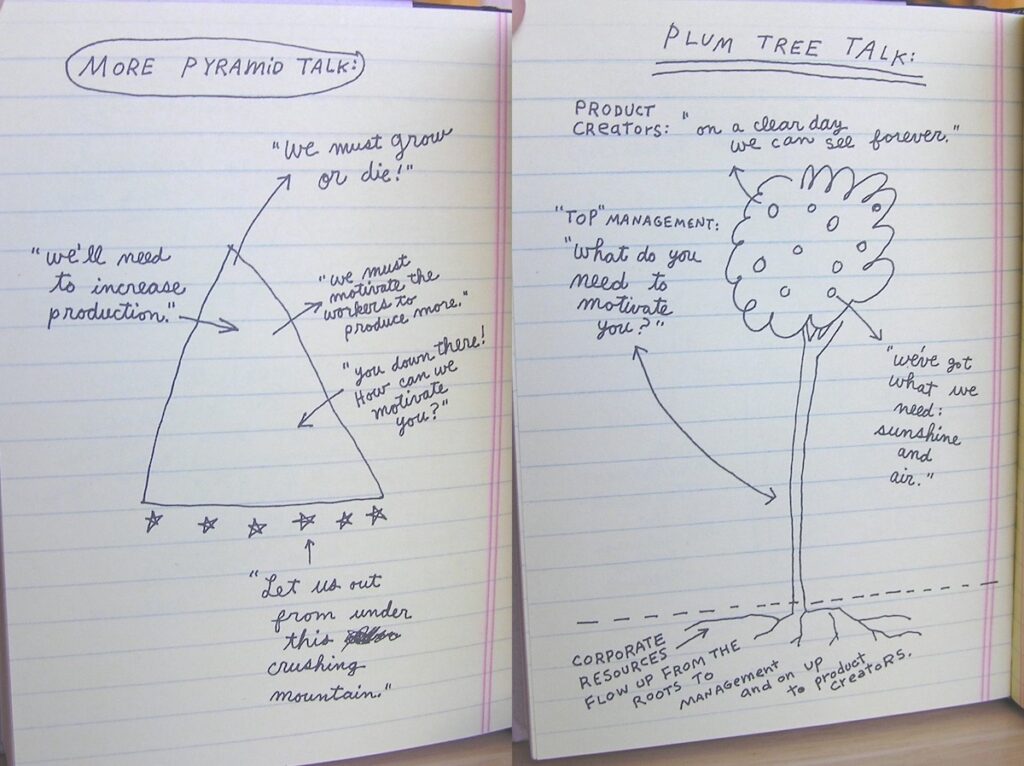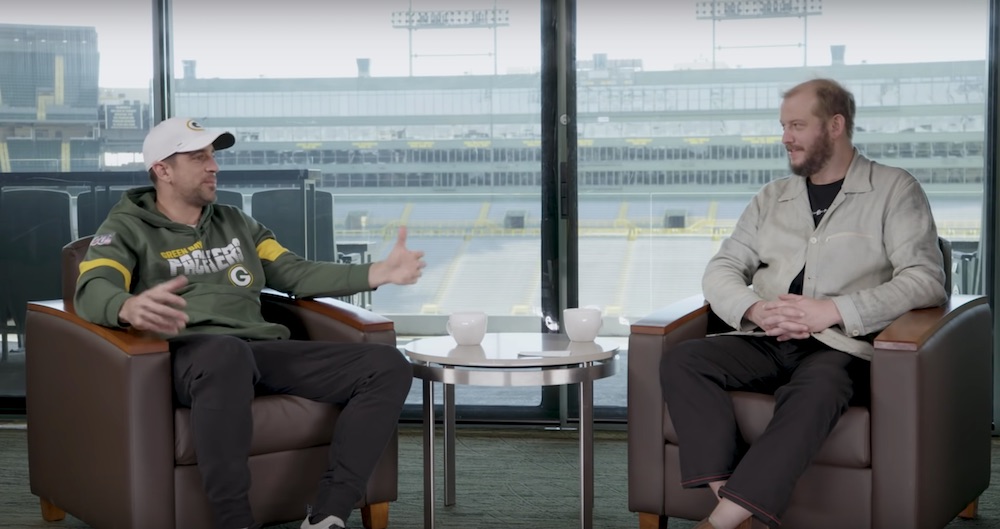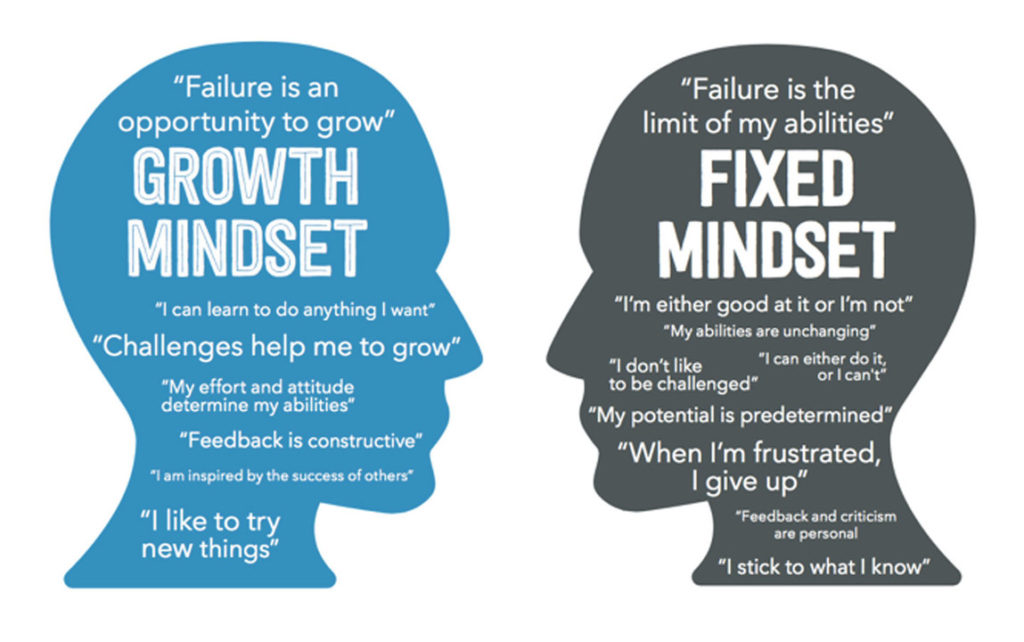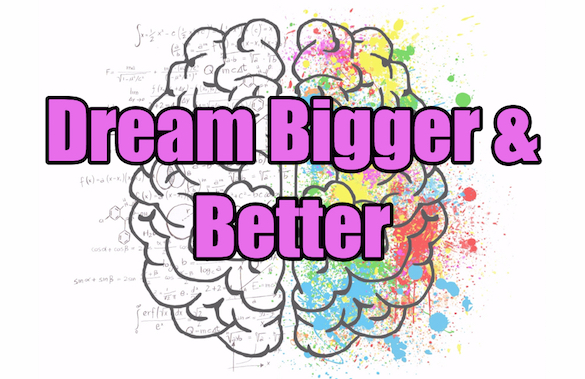10 Quotes from Yogi Berra for Leadership and Professional Development
Lately I’ve been interested in learning about Yogi Berra. He was a former New York Yankee who won many MVPs and World Series titles. What I really like about him are his philosophical quotes. They are simple, profound, and bring a smile to my face. They also make me think. I noticed many of them …
10 Quotes from Yogi Berra for Leadership and Professional Development Read More »









